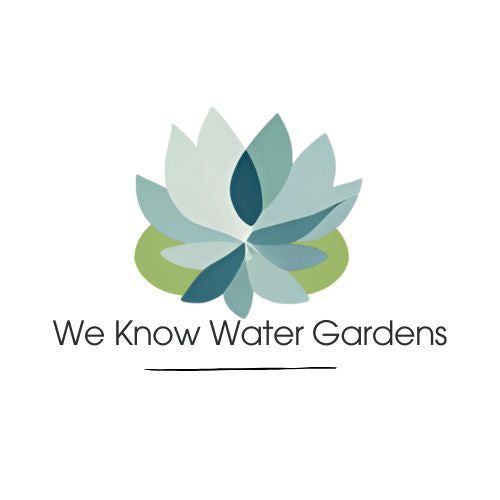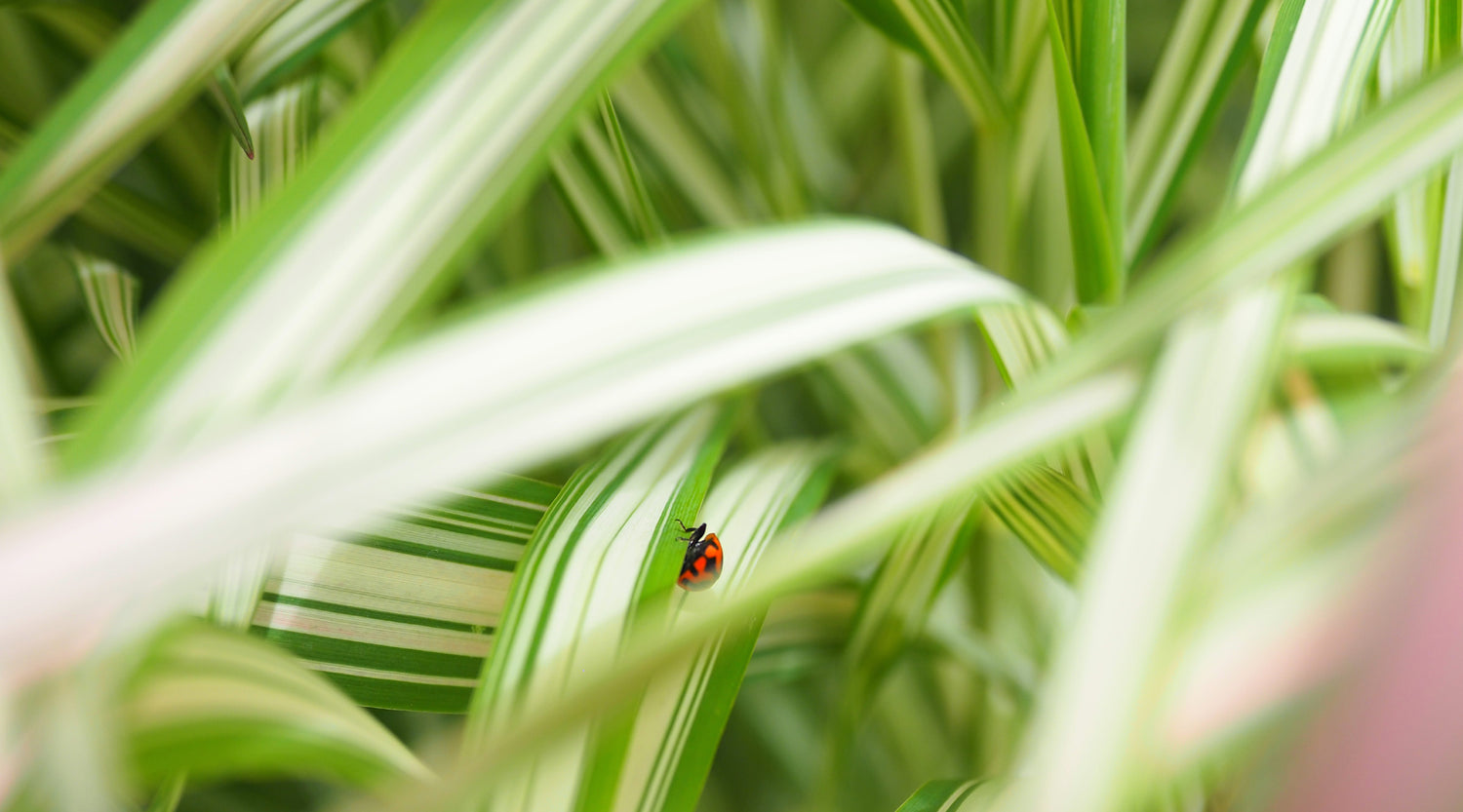5 of the best pond plants that are easy to grow
on Sep 07, 2022
If you're new to water gardening, you may be a bit confused about the best pond plants to get. These five easy-to-grow plants are perfect for small ponds or even just a pot on your patio. All pond plants are very easy to grow and an added bonus is that, unlike terrestrial plants, you can’t overwater a pond plant.
Water Iris (Louisiana Iris)
A classic pond plant and after water lilies, it is one that most people know. Water Iris is native to the swamps of Louisiana and there are 5 genus in the family. Water Iris grow in clumps and produce long green leaves that grow upright to between 30cm – 1 mtr depending on the variety and the location of the plant. These tall leaves make them ideal as a cover for attracting frogs around the pond as the frogs can hide on the clumping leaves. Once a year, Water Iris produces a stunning floral display and the flowers are so large they can be picked as a cut flower for inside the home. The common flower of water Iris is blue, and white and yellow are also commonly available There are also rare colourations that have been developed through selective breeding. They are easy to propagate and should be divided every year to prevent them from becoming pot-bound which will limit flower production in the next season.
Lebanese Cress (Aethionema Cordifolium)
Water Cress is a well known water plant, but the lesser-known Lebanese Cress is a superior pond plant. Unlike water cress, Lebanese cress is not prone to bolting and going to seed so it continues to grow throughout the season, and it will tolerate a greater depth of water to 20cm in depth, so it is suited to a large range of water gardens. Lebanese Cress is an extremely fast grower and can act as a nutrient sponge in a pond that quickly out competes algae for the available nutrient resulting in clear clean pond water. A single plant can reach 40
known water plant, but the lesser-known Lebanese Cress is a superior pond plant. Unlike water cress, Lebanese cress is not prone to bolting and going to seed so it continues to grow throughout the season, and it will tolerate a greater depth of water to 20cm in depth, so it is suited to a large range of water gardens. Lebanese Cress is an extremely fast grower and can act as a nutrient sponge in a pond that quickly out competes algae for the available nutrient resulting in clear clean pond water. A single plant can reach 40
cm in diameter and 20cm high so the leaves can be regularly harvested from November to March and can be used in salads and adds a strong flavour when added to tabouli.
Brahmi (Bacopa Monnieri)
It is amazing the role that plants can play in keeping us healthy and it's not just plants that grow in the rainforests that have medicinal properties. There are several pond plants that when taken in the correct quantities can also benefit our health. Brahmi (Bacopa Monnieri) is one such plant.
Brahmi is an attractive plant in itself with small soft succulent type leaves. It has been used in Indian natural medicine for hundreds of years and one of its primary health benefits is improving brain function. It is a highly versatile pond plant as it can grow across the surface of the pond providing shelter for frogs and fish or it can also be grown submersed where it acts as an oxygenator for the pond. Brahmi will produce small white flowers throughout the warmer months, and it will also attract bees to your water garden.
Nardoo (Marsilea Angustifolia)
Nardoo is an Australian native plant that has very attractive foliage. It has foliage that looks like a four-leaf clover and when grown in shallow water, these leaves float on the surface of the pond making them a great alternative to water lilies in a miniature water garden. Nardoo is not a rapid growing plant, so it is good for a low maintenance pond. It can be easily grown through division, and this should be carried out mid spring
It has a connection to Australian history as the seed-like spore cases that it produces known as sporocarps were consumed during the ill-fated expedition of Burke and Wills. The Sporocarps once picked can be made into a porridge or can be dried and ground into flour and mixed with water to form a dough and baked.
Dwarf Papyrus Cyperus papyrus nana
 Dwarf Papyrus (Cyperus papyrus nana) is a pond plant that just gets better looking the longer you have it in your pond. Although it doesn’t have a flower as such, it produces spiky seed heads that look like little stars and it's upright foliage that can reach 60cm in height has a triangle shape to them making it perfect for shallow ponds and a great addition to formal ponds. It is also a great specimen plant to grow in a single pot filled with water. Cover pots that are used for indoor plants are ideal pots to use for this. You simply place the plant in the pot, fill the pot with water about 5cm over the top of the plant, and cover the top with some stones. No chance of over watering a pond plant in a pot!
Dwarf Papyrus (Cyperus papyrus nana) is a pond plant that just gets better looking the longer you have it in your pond. Although it doesn’t have a flower as such, it produces spiky seed heads that look like little stars and it's upright foliage that can reach 60cm in height has a triangle shape to them making it perfect for shallow ponds and a great addition to formal ponds. It is also a great specimen plant to grow in a single pot filled with water. Cover pots that are used for indoor plants are ideal pots to use for this. You simply place the plant in the pot, fill the pot with water about 5cm over the top of the plant, and cover the top with some stones. No chance of over watering a pond plant in a pot!
© We Know Water Gardens 2022
Share




